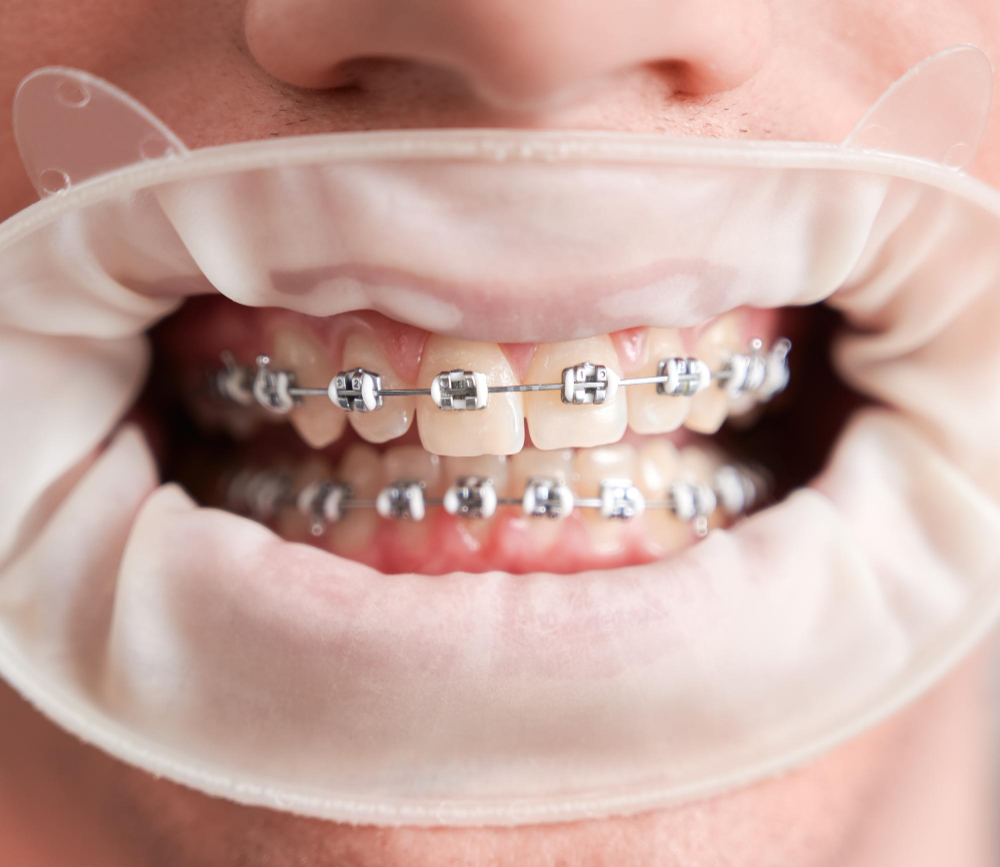Braces have become a vital part of dental care, helping millions improve their smiles and oral health. They are not just about looking good; they also ensure your teeth are healthy and aligned. Understanding what happens with braces from beginning to end can help you or your child decide.
In this blog, we will go through the orthodontic journey step-by-step. We’ll talk about the initial consultation, different braces types, what the costs could be, and how long you might expect to wear them. Plus, we’ll look at living with braces, including some common challenges and life after the braces come off. So, whether you’re here for a child or your smile, here’s what to expect from braces.
The Orthodontic Journey: From Consultation to Completion
The orthodontic journey begins with your first consultation. This meeting is crucial because the orthodontist will examine your teeth, take X-rays, and discuss treatment options. This first visit is about gathering information to determine what braces can do for you.
Types of braces are another big topic. The choices usually involve metal braces, ceramic ones, or clear aligners like Invisalign. Metal braces are the most common and usually the least expensive. Ceramic braces are less visible than metal ones but can be pricier. Clear aligners are often used for minor adjustments.
The cost of braces varies. Factors include the type of braces and how long you might need them. On average, braces can cost between $3,000 to $7,000.
One of the most asked questions is how long does it take for braces to work. Generally, you might need to wear them for 1 to 3 years. However, everyone is different, and this can vary.
Getting your braces put on is the next big step. The orthodontist will glue metal brackets to each tooth and connect them with a wire. It might feel unusual at first, but it does not hurt.
Adjustments are a significant part of wearing braces. Every 4 to 8 weeks, you’ll visit the orthodontist to tighten the wires. These visits are essential to make the braces work effectively in moving your teeth.
People often wonder how long does it take braces to close a gap. This depends on the gap size. Small gaps might close within a few months, but larger gaps could take longer, like 6 or 8 months.
Finally, comes the day when the braces come off. This happens after significant progress is seen, typically after 1 to 3 years. You and your orthodontist will celebrate the completion of this journey as your smile transforms before your eyes.
Navigating Life with Braces: Challenges and Adaptations
Living with braces means adjusting some daily habits.
Dietary restrictions after braces are important. Avoid hard, sticky, or chewy foods because they can damage the braces. Good alternatives include soft fruits, yogurt, and pasta.
Oral hygiene becomes crucial with braces. Brushing and flossing take extra time, but they help prevent cavities and plaque buildup. Special brushes are available to make this task easier.
Social situations can change, too. Some people worry about how they will look. It helps to remember everyone else goes through awkward phases.
Parents, in particular, play a vital role. Encourage and support your children throughout this process. Celebrate the milestones and remind them of the many benefits that come with a straight, healthy smile.
Handling braces complications can seem daunting, but it is manageable. Some minor discomfort is normal after adjustments. Over-the-counter pain relief like ibuprofen can help. If something breaks, call your orthodontist immediately.
Stay positive during this period and remember why you began. A little patience now leads to a lifetime of rewards.
Aftercare and Long-term Benefits: Securing the Gains
Once the braces are off, the story is not over. Retainers play an essential role in maintaining your new smile, preventing teeth from shifting back.
Long-term care for your mouth should continue, involving regular dental checkups and cleanings. Your newly aligned teeth need as much love as they got before.
Mentally, you may feel a boost in confidence. A great smile often contributes to higher self-esteem.
In the end, going through the effort of wearing braces is worth it. The benefits outlast the discomfort, giving you a beautiful, healthy smile. Stay encouraged and remember that patience pays.
